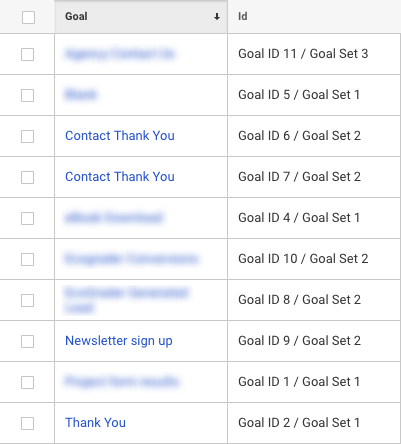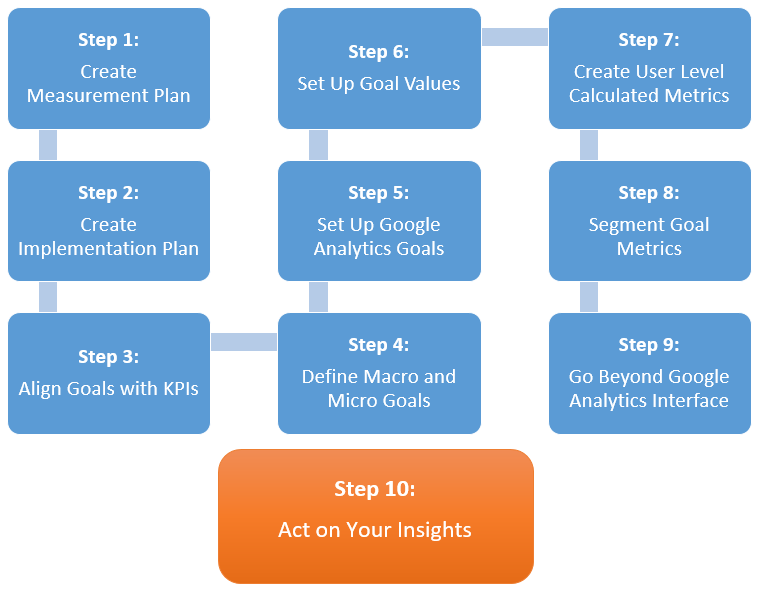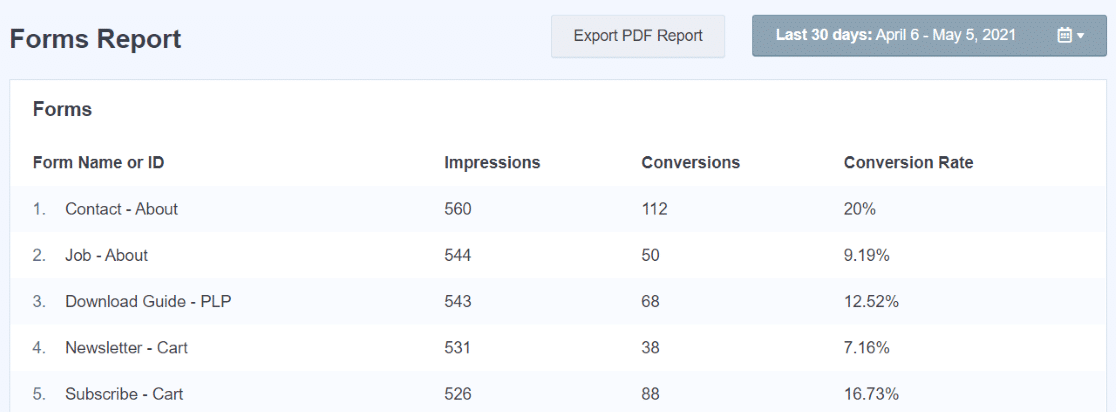Discover What Data Is Google Analytics Goals Unable to Track
Discover What Data Is Google Analytics Goals Unable to Track
Blog Article
Unveiling the Blind Attractions: Comprehending What Google Analytics Goals Can not Gauge
In the realm of digital analytics, Google Analytics stands as a powerful tool for monitoring and analyzing on-line customer communications. Recognizing what Google Analytics goals can not determine is crucial for gaining a comprehensive view of customer behavior and interaction.
Individual Behavior on External Operatings Systems
Recognizing exactly how customers communicate on outside systems is vital for enhancing on the internet methods. External platforms, such as social networks networks, referral websites, and online forums, play a significant function in driving traffic to a company's internet site. By examining customer habits on these systems, services can gain beneficial understandings right into the performance of their advertising and marketing initiatives and the choices of their target market.
One key element of individual habits on external systems is the recommendation resource. By tracking where the users are originating from, businesses can identify which platforms are driving the most traffic to their site. This info can assist business designate their sources better, concentrating on the systems that generate the very best results.

Offline Conversions and Communications
Assessing customer behavior on external platforms gives important insights right into on the internet strategies; nonetheless, thinking about offline conversions and communications is just as vital for a detailed understanding of a firm's overall performance. While Google Analytics succeeds at tracking on-line interactions, it drops short in recording the full client journey that usually includes offline touchpoints. Offline conversions, such as in-store purchases or phone inquiries, play a considerable function in numerous companies' success. Neglecting these communications can cause an altered sight of the effectiveness of advertising campaigns and general organization performance.

Attribution Beyond Last Click
When delving into the realm of electronic advertising and marketing analytics, it ends up being necessary to look past the solitary touchpoint of the last click for a much more thorough understanding of acknowledgment. While Google Analytics supplies important understandings into customer behavior, depending only on last-click attribution can be restricting - what data is google analytics goals unable to track. Acknowledgment versions that exceed the last click offer a much more nuanced view of the customer trip, thinking about all the touchpoints that cause a conversion
Acknowledgment past the last click check here allows marketers to designate debt to different interactions along the conversion path, providing a clearer image of the performance of different advertising networks. By discovering multi-touch attribution designs such as direct, time decay, or position-based acknowledgment, organizations can better allot their marketing budgets and enhance their techniques for maximum impact.
Understanding the influence of each touchpoint in the conversion process is important for making educated decisions and making best use of ROI. By embracing attribution beyond the last click, businesses can acquire much deeper understandings into customer habits and customize their advertising and marketing initiatives better.
Cross-Device and Cross-Browser Monitoring

Similarly, cross-browser monitoring matches cross-device monitoring by recording customer habits as they change between different internet browsers. Comprehending just how customers connect with web sites on various browsers can assist marketers optimize their on-line experiences to ensure consistency and performance throughout various platforms.
Qualitative Information and Customer Intent
Understanding individual intent via qualitative data analysis is vital for establishing targeted digital advertising strategies that resonate with the demands and preferences of the target audience. Qualitative data offers insights into the 'why' behind individual actions, shedding light on inspirations, feelings, and preferences that measurable important site information alone can not catch. By analyzing individual responses, comments, and interactions, marketing professionals can find out here uncover useful details about user intent, permitting them to customize their messaging, material, and offerings to much better straighten with what their target market is seeking.
Qualitative data also helps in comprehending the context in which users involve with a website or application. This contextual understanding allows marketers to produce more relevant and individualized experiences, inevitably driving greater engagement and conversion rates. By diving into individual intent via qualitative information analysis, organizations can gain a much deeper understanding of their target market, resulting in much more efficient advertising and marketing techniques that meet users' demands and assumptions.
Final Thought
Finally, Google Analytics goals have restrictions in gauging user habits on exterior systems, offline conversions, attribution past last click, cross-device and cross-browser tracking, and qualitative information associated to customer intent. what data is google analytics goals unable to track. It is crucial for businesses to be conscious of these blind areas in order to supplement their information evaluation with other devices and approaches to gain a more extensive understanding of their audience and improve their overall electronic advertising techniques
By assessing individual habits on these platforms, companies can get beneficial insights right into the efficiency of their advertising initiatives and the preferences of their target audience.
Examining individual behavior on outside systems offers important insights into online approaches; however, considering offline conversions and communications is equally vital for a comprehensive understanding of a business's overall performance.In digital marketing analytics, moving past last-click attribution to explore cross-device and cross-browser tracking is necessary for obtaining an alternative understanding of user communications throughout numerous platforms and tools. By assessing user responses, remarks, and interactions, marketers can discover beneficial details regarding customer intent, enabling them to tailor their messaging, material, and offerings to much better line up with what their target market is seeking.
By diving into customer intent with qualitative information analysis, companies can get a much deeper understanding of their target audience, leading to extra efficient advertising and marketing techniques that satisfy individuals' assumptions and requirements.
Report this page